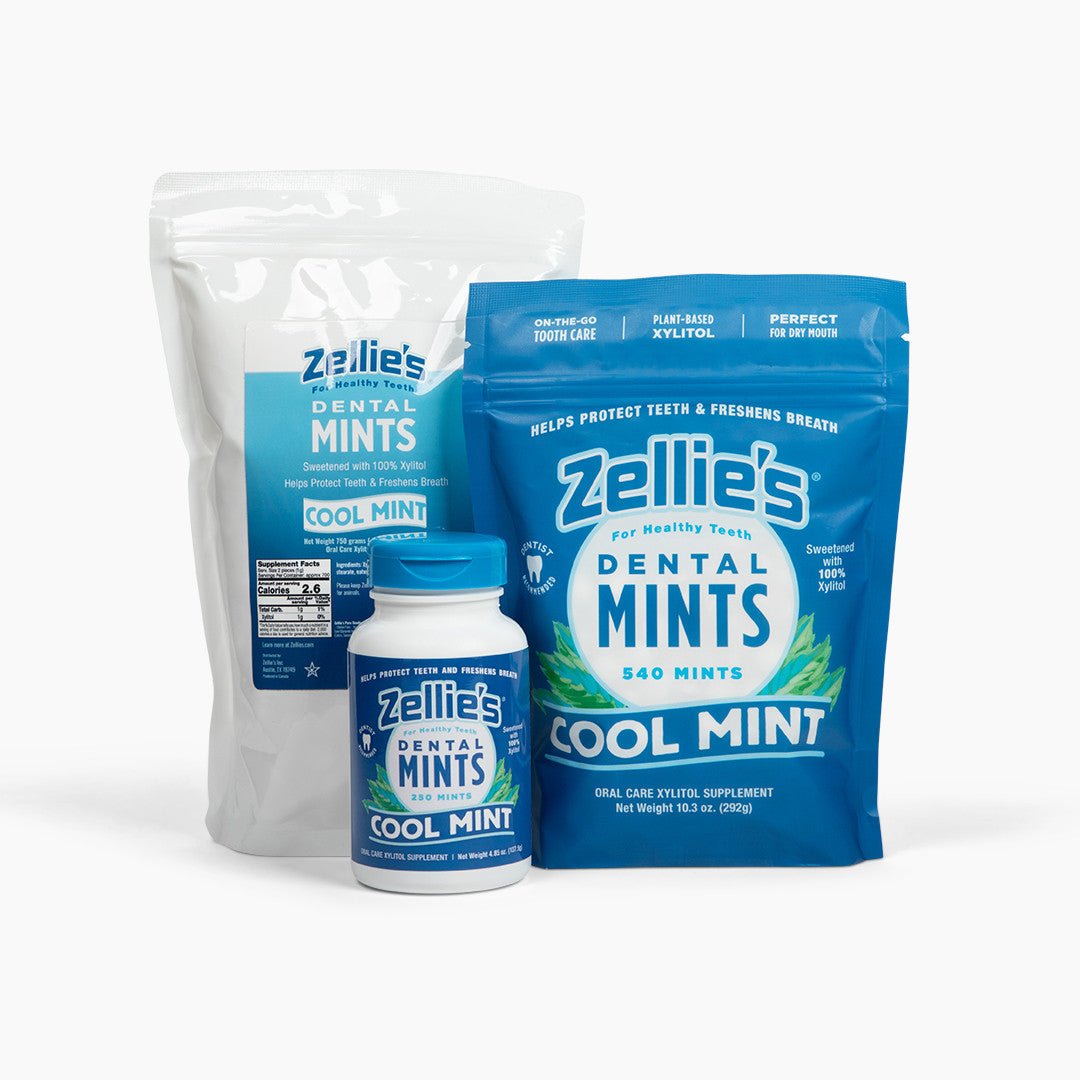Halloween can be a lot of fun for children as they dress up in costume and run from house to house. But responsible parents are often concerned about this candy-centered event, seeing it as an open invitation for cavities and toothache.
Over my career I’ve witnessed dental professionals wagging witch-like fingers at kids who admit to eating candy, and some who suggest the best treat is an orange toothbrush. I’ve even participated in a program where kids traded their sweets at a dollar per pound. This was bad for various reasons, but especially since the rescued treats were then shipped to children in countries where they don’t have any candy. These ghoulish ideas are not realistic solutions to the problem, but there are ways to navigate Halloween and minimize dental damage. So, let’s look at what actually happens (scientifically) when we put sugary candy in our mouth.
Acidic Damage:
Robert Stephan published his famous graph in the Journal of Dental Research in 1943. He discovered our mouth becomes acidic (measured as a drop in pH) the instant we eat sugar. It is not actually the sugar that turns to acid, but sugar feeds acid-forming bacteria that inhabit our mouths and live on our teeth. These bacteria use any consumed sugar as an energy source to multiply. As these bacteria multiply they produce acids. The longer these bacteria enjoy sugar, the greater the explosion of their population and the more dangerous their acid production.
The drop in mouth pH caused by eating one candy can go as low as a pH 5.5 – a level that dissolves minerals from teeth. Natural saliva flow will eventually balance this acidity, but the process, when left to work with its own natural timing, always takes about 30-60 minutes (see strategies below for how to speed up this saliva re-balance process). Eventually, when a safe pH is reached, minerals from saliva will begin to repair and replace any that were lost during the acid attack. The longer the period of acid attack, the more minerals teeth will lose and the less likely they can be repaired.

This explains why it is better to eat candy at once and then stop. Damage occurs when we nibble candy slowly or constantly sip sugary drinks. Any sugar consumed during the 30-60 minute “recovery” period shoots the acidity levels down again and negates the recovery. This is why sometimes teeth can be attacked for hours. Sticky or slow-dissolving candy will cause similar prolonged acidic damage.

Useful strategies to minimize acidic damage:
- Consume your candies in a reasonable time frame - then STOP!
- Keep the period of candy eating as short as possible.
- Do not allow kids (or yourself!) to nibble candy over a long time.
- Eat them at mealtimes if possible, then end with xylitol mints or gum.
- Beware sugary drinks, juices and acidic soda or sparkling water that can also cause a pH drop and additional acidic damage.
- Do not brush teeth until the mouth has returned to a safe pH because it can cause enamel erosion.
- Drink water to wash the acidity away.
- Cheese and milk can help speed mineralization of teeth after acidic damage.
- After eating candy, immediately enjoy Zellie’s xylitol mints or gum. The xylitol in Zellie's mints and gum will:
- Stimulate a flow of alkaline saliva to quickly wash acidity away
- Shorten any period of acid demineralization
- Loosen plaque bacteria from teeth
- Promote re-mineralization of damaged enamel
Use these strategic maneuvers to minimize dental damage so you can feel more confident about your kids’ and your own dental health during this time of year.
For more about oral care for children and teens – see chapter 7 in my latest book Mouth Care Comes Clean (p 127-133).







